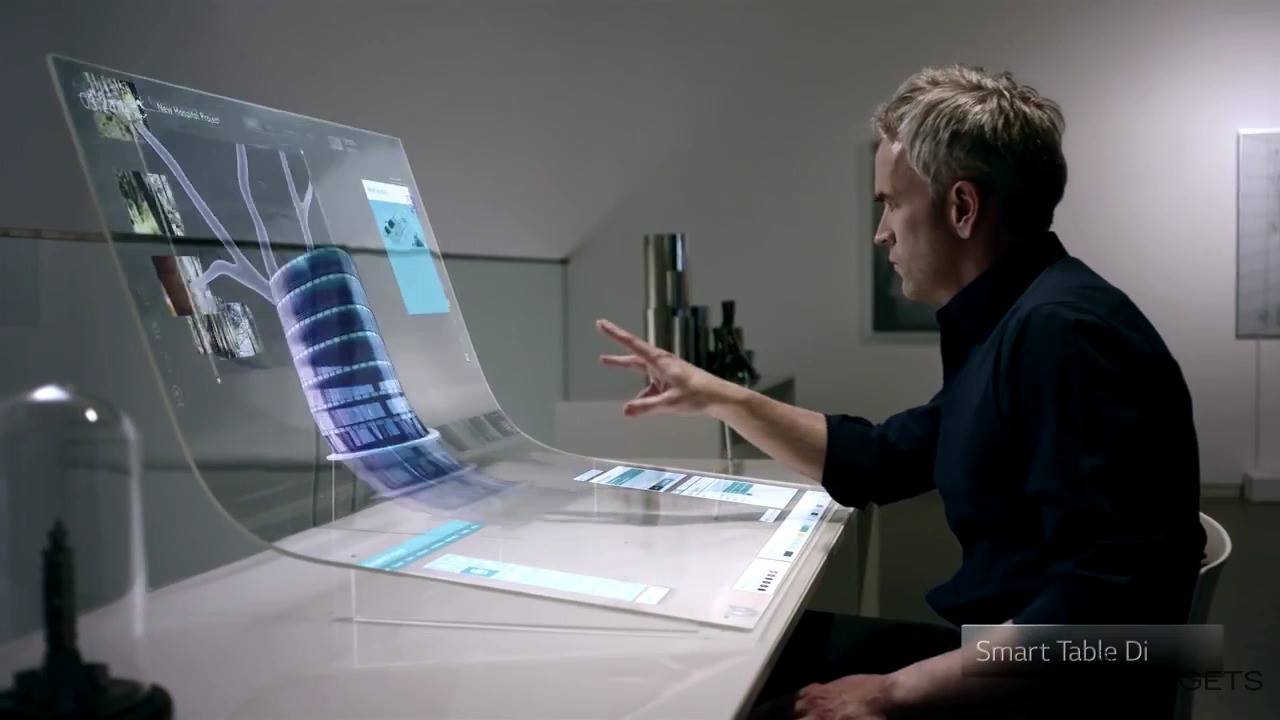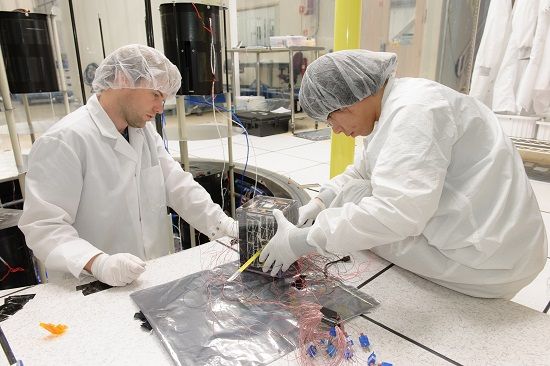
Do you look at models and just think that they are the lucky ones who were just born perfect? Well think again! Models are just like us. Sure, they are super-duper attractive and make a lot of money for posing and wearing expensive clothes…but other than that, many fashion models could be our next-door neighbors! Case in point: these 20 Hottest Models Who Live with Chronic Diseases. Many of these people are breaking boundaries and challenging the long-held norms and beliefs that are attached to the modeling industry.
It truly is an inspiration to see these people changing the landscape of who can be a model. We have people here who have debilitating diseases, have overcome mental illnesses, and have accomplished so much for the marginalized groups of people that have just as much right to happiness as average folks. They span the United States, Australia, the United Kingdom and beyond. Their presence and accomplishments range from the past and segue into the future. We can’t wait to see how the modeling scene continues to change.
If you ever thought that you couldn’t be as flawless as a supermodel, think again. The truth is that no one is flawless, and our imperfections and struggles are what make us human!
Read more
















